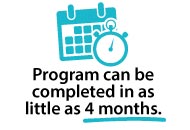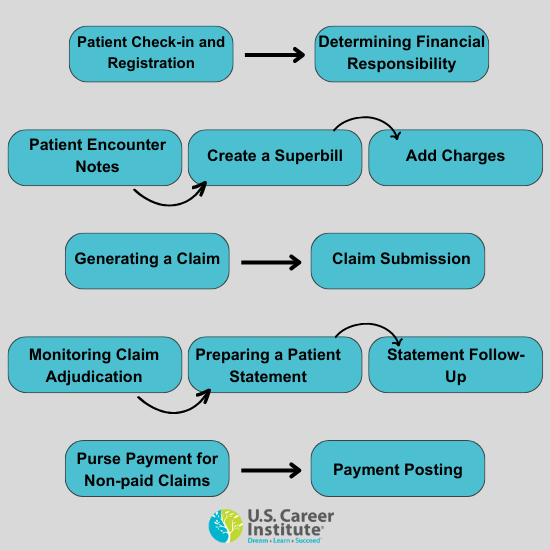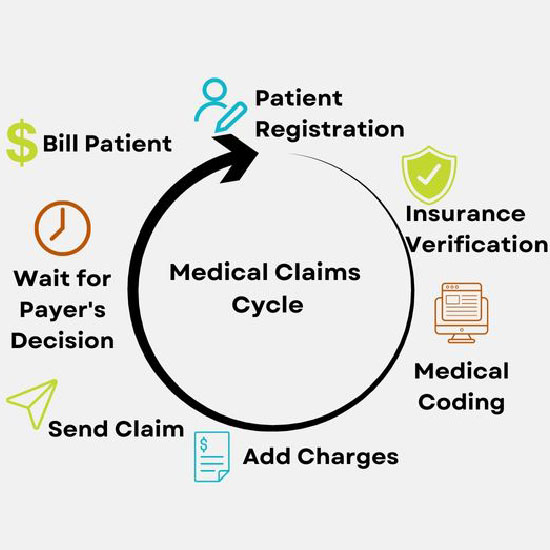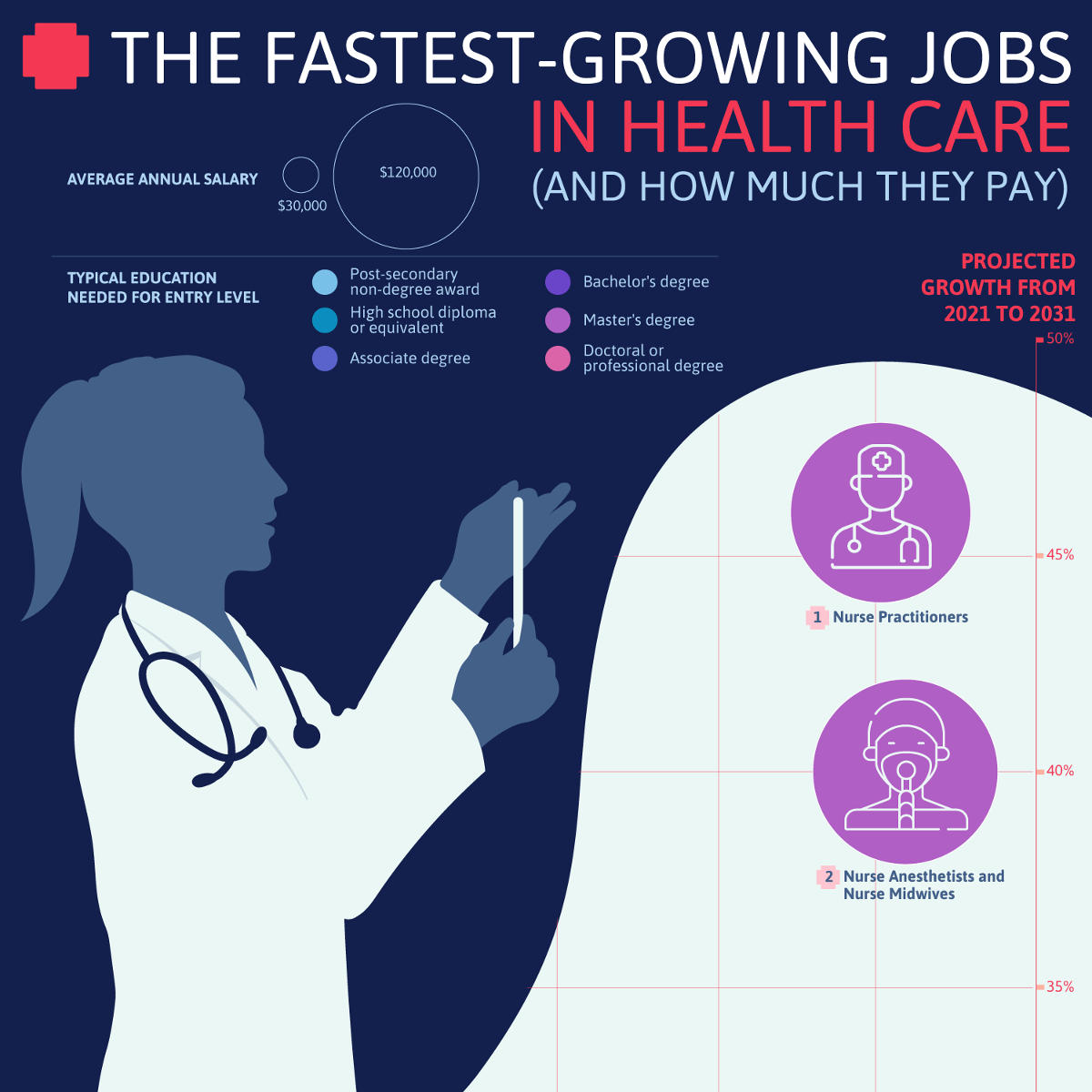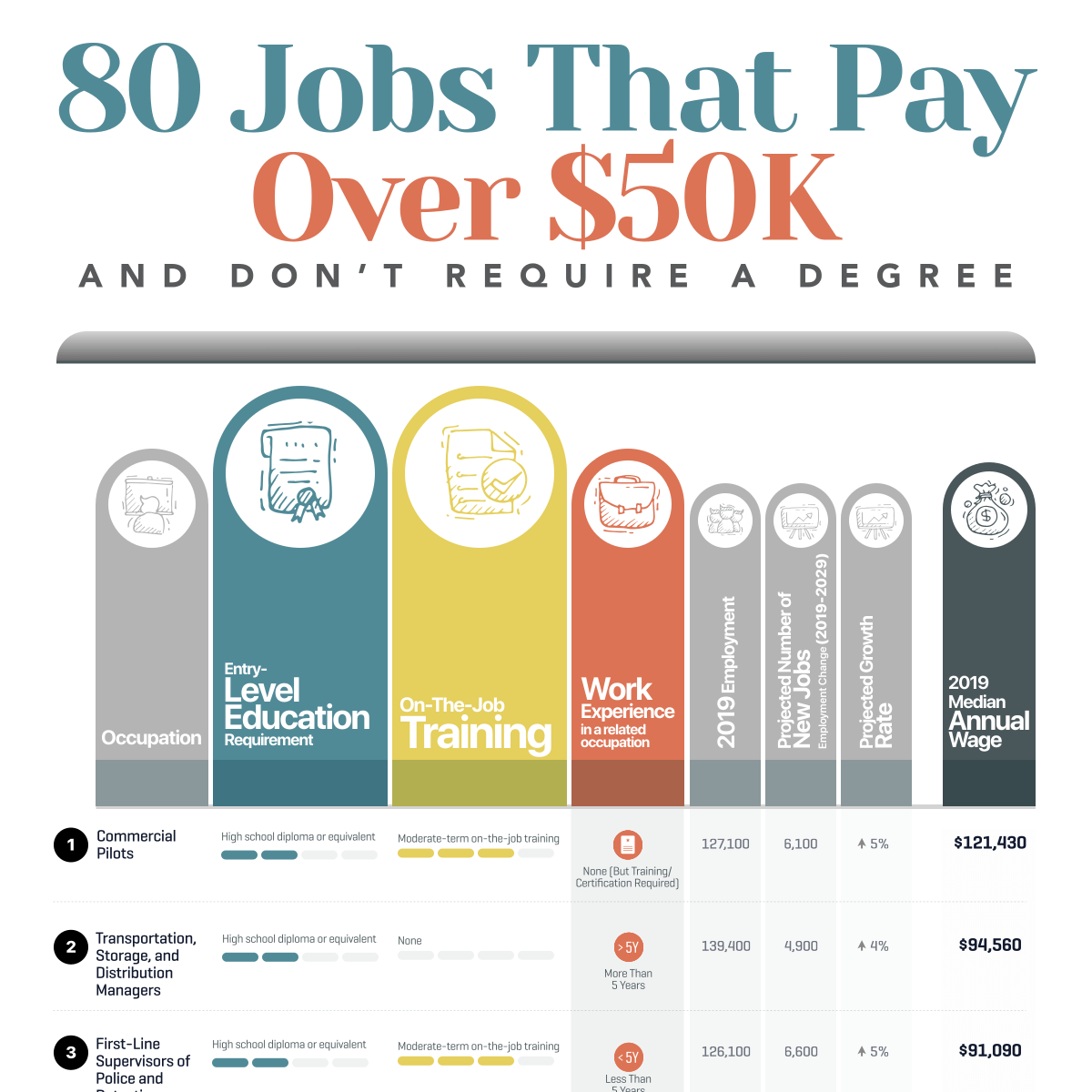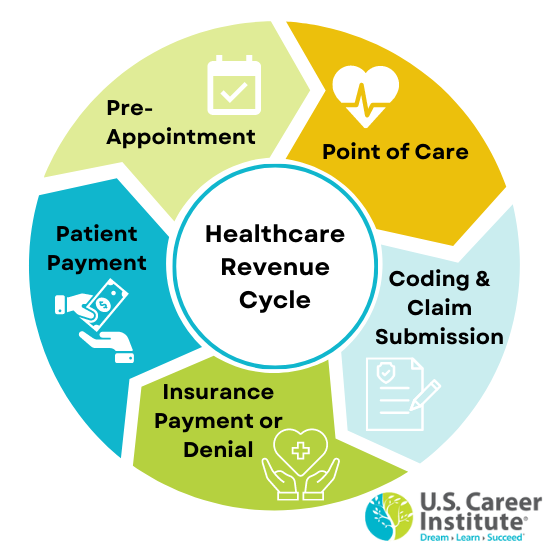Q. How can I become a Medical Biller?
A. Typically a High School diploma or equivalent is required, formal training through an accredited institution can also be helpful when seeking employment in this field. Courses typically cover topics like medical terminology, HIPAA Guidelines, and how to work with various types of medical insurance as well as learning how to use the CMS-1500 Claim Form.
Back to top
Q. What does a Medical Billing Specialist do?
A. Medical Claims and Billing Specialist file and manage medical claims to ensure patients are billed properly and the doctor is paid for their services. To learn more about what medical billing specialist do, check out our blog 'The Steps in the Medical Billing Process'
Back to top
Q. What is the growth potential of a Medical Biller?
A. According to the U.S. Bureau of Labor Statistics, Medical Billing jobs are expected to continue to grow in the coming years.**
Back to top
Q. What is the salary of a Medical Billing?
A. According to the U.S. Bureau of Labor Statistics, Medical Billing Specialists earn a median salary of $48,650*.
Back to top
Q. How much does a Medical Billing Course cost?
A. Tuition varies depending on the program, for this program is $1,239 total when you pay in full. Payment
plans are also available.
Back to top
Q. Is this Medical Billing Program accredited?
A. Yes! U.S. Career Institute is Accredited by the Distance Education Accrediting Commission. The Distance Education Accrediting Commission is listed by the U.S. Department of Education as a recognized accrediting agency.
Back to top
Q. Where Can I Work as a Medical Biller?
A. With this career, you could work for doctor’s offices, clinics, hospitals, or even yourself. There are also online companies that you could work for that do billing for doctors and hospitals all over the nation! Once you graduate, our graduate support representatives can give you some tips and tricks to use during your job search to help you find the best fit for you.
Back to top
Q. What skills will I learn in this Medical Billing program?
A. Skills covered in the Medical Billing Specialist Program include How the human body works...The basics of organs and organ systems, How to speak the language...Explore medical terminology and pronunciations, How medical coding impacts Medical Billing Specialists...Learn how medical procedures and diagnoses are coded, How to set up medical claims...Complete actual forms for Medicare, Medicaid, private insurance, HMOs, PPOs, workers' compensation, military and secondary claims, How to work like a medical professional. Practice processing Medical Billing with real-life claims.
Back to top
Q. As a Medical Biller, can I work from home?
A. Yes! While U.S. Career Institute cannot guarantee employment after completing the program you will have access to our graduate support team including our Career Coach Program. Our support team will work with you during your job search and assist you with the process of marketing yourself for employment, including resume assistance, cover letters, locating job opportunities, marketing, and networking!
Back to top

